What is medical cannabis?

Every year, more and more people ask themselves what medical cannabis is, and how does it differ from recreational cannabis?
Medical cannabis is a topic of considerable interest in the medical community and the public. This is a term commonly used to describe cannabis strains that contain a higher amount of cannabidiol (CBD) than tetrahydrocannabinol (THC). The main difference between these two cannabinoids is that THC has psychoactive properties, while CBD does not. What is the difference between medical cannabis and ordinary cannabis? Different composition of cannabinoids, and hence the second effect. In medicine, there is usually more CBD and almost no THC. Correspondingly, psychoactivity is manifested much less compared to varieties with more THC.
Medical cannabis has become the subject of many scientific studies, and the results of these studies confirm its potential usefulness in the treatment of a number of conditions, including chronic pain, inflammation, epilepsy, symptoms of post-traumatic stress disorder (PTSD), and many others. It is important to note that some diseases may require cannabis varieties with a higher THC content to provide a therapeutic effect. In this sense, it can be said that all cannabis, depending on its use, can be "medical". However, to facilitate the general understanding of the term, "medical cannabis" is usually associated with non-psychoactive, CBD-dominant varieties. As in any field of medicine, the dosage and method of administration of medical cannabis may vary depending on the specific condition and individual needs of the patient. We will consider some applied examples in this article.
History of medical cannabis

The ancient history of the medical use of cannabis permeates the ages, going back to the bottomless past. For many centuries, doctors in various corners of the globe actively used cannabis as part of medical mixtures to relieve pain and treat many other ailments. Cannabis was introduced into the arsenal of Western medicine for therapeutic use in the 19th century. Since then, the world has seen many achievements in the field of ego application. It is now known that some of the first cannabis plants grew in the region of Tibet, and from there they have already spread over time around the world.
At the beginning of the 20th century, cannabis was ground to a powder state and mixed with wine to be taken orally in the form of potions. In the 1970s, scientists created a synthetic analogue of THC, which became the basis for the drug Marinol, used in the form of capsules. However, despite all these achievements, the main method of using cannabis remains smoking, as its action is instantly manifested when inhaled. Between 1996 and 1999, eight US states began implementing cannabis prescription policies, despite opposition from the federal government. Most people who are prescribed cannabis for medicinal purposes use ego to relieve severe pain.
Examples of the use of cannabis in ancient times are just as diverse. In China, where cannabis, known as "má", was used to produce fiber as early as 10,000 years ago. Also in the territory of modern Taiwan, cannabis was used for medicinal purposes. Famous Chinese researcher Frank Dikötter reports that the root of the plant was used in the pharmacopoeia of the Tang Dynasty to treat blood clotting, and the juice from the leaves was taken internally to fight worms. Hemp seeds, crushed to a powder state and mixed with rice wine, were used in medicinal mixtures against many diseases, from constipation to baldness. In the era of the Ming dynasty, the instructions for collecting the tops of the plant were described in detail, and according to the oldest pharmacopoeia, after abundant consumption of the tops of the plant, it was possible to come into contact with the supernatural, see demons, go crazy, etc.
Continuing the journey through the history of the use of cannabis for medical purposes, it is necessary to pay attention to ancient Egypt. Here, hemp was used in the form of suppositories that ease the pain of hemorrhoids. In the second millennium BC, the Egyptians discovered that cannabis has healing properties for eye inflammation. There is also a large number of references to the "medical cannabis plant" in a number of Egyptian texts, one of which is dated to the 18th century BC.
Moving east, we meet ancient India, where cannabis was an important component of religious rites and medical practices. For many centuries, most of life in ancient India was permeated by the presence of cannabis in various forms. The texts that have survived to this day testify that ancient Indian doctors were clearly aware of the psychoactive properties of cannabis and actively used it for therapeutic purposes, using it to treat insomnia, headaches, various gastrointestinal disorders and pain syndromes. Cannabis was widely used as a pain reliever during childbirth.
Legal status of medical cannabis

Now medical cannabis is used as a means of support in the treatment of many chronic diseases and conditions. A large number of countries have already recognized its merits and legalized its use in medicine.
Here are vivid examples:
- USA: Medical cannabis is legalized in the states of Arkansas, Vermont, Delaware, Illinois, Rhode Island, Connecticut, New Mexico, New Hampshire and North Dakota and Hawaii; it is possible to get it in specialized pharmacies-dispensers. CBD isolate (CBD oil) is approved by the FDA (Food and Drug Administration) as a dietary supplement.
- In Panama, both natural and synthetic cannabis preparations are legally available on prescription.
- Peru has legalized cannabinoid-based drugs since 2017 and established a quota for recreational use of up to 7 grams.
- Israel legalized the use of cannabis for medical and scientific purposes in 1994, becoming one of the leading centers in the study of its medicinal properties. Since 2018, the smoking of cannabis in public places and the production of recreational cannabis have been decriminalized.
- In Denmark, since 2011, the use of three varieties of medical cannabis has been allowed to relieve pain in oncological diseases and multiple sclerosis. Since 2018, the use of other varieties has been allowed in an experimental manner.
- In Austria, cannabis for medical and scientific purposes was legalized in 1998. The state controls the process of growing hemp for medical and scientific needs.
- In Finland, the medical use of cannabinoids is limited.
- Italy legalized medical cannabis in 2006.
- Zambia became the first country in Africa to legalize the production of medical cannabis in 2019. The government is striving to occupy a significant share of the world market of legal cannabinoids.
- Macedonia allows the use of cannabinoid preparations for medical purposes since 2016. The legalization of recreational varieties in the northern tourist regions is also planned.
- In Switzerland, citizens have the right to legally obtain cannabinoid-based medications, and recreational smoking has been decriminalized.
- In 2018, Zimbabwe lifted the ban on the cultivation of medical cannabis varieties, but farmers must confirm that the crop will be used for pharmacological purposes in order to obtain a license.
- In Australia, since January 31, 2020, residents are allowed to grow two plants and possess 50 g, although the sale or second transfer is prohibited.
As of June 2023, only a few cannabis-based drugs remain legal in Ukraine. Even then, they are produced abroad and cost fabulous money. Let's hope that in the near future we will turn into an elegant producer of this very valuable culture, and the first-class raw material with the label "Medical cannabis Ukraine" will spread around the world.
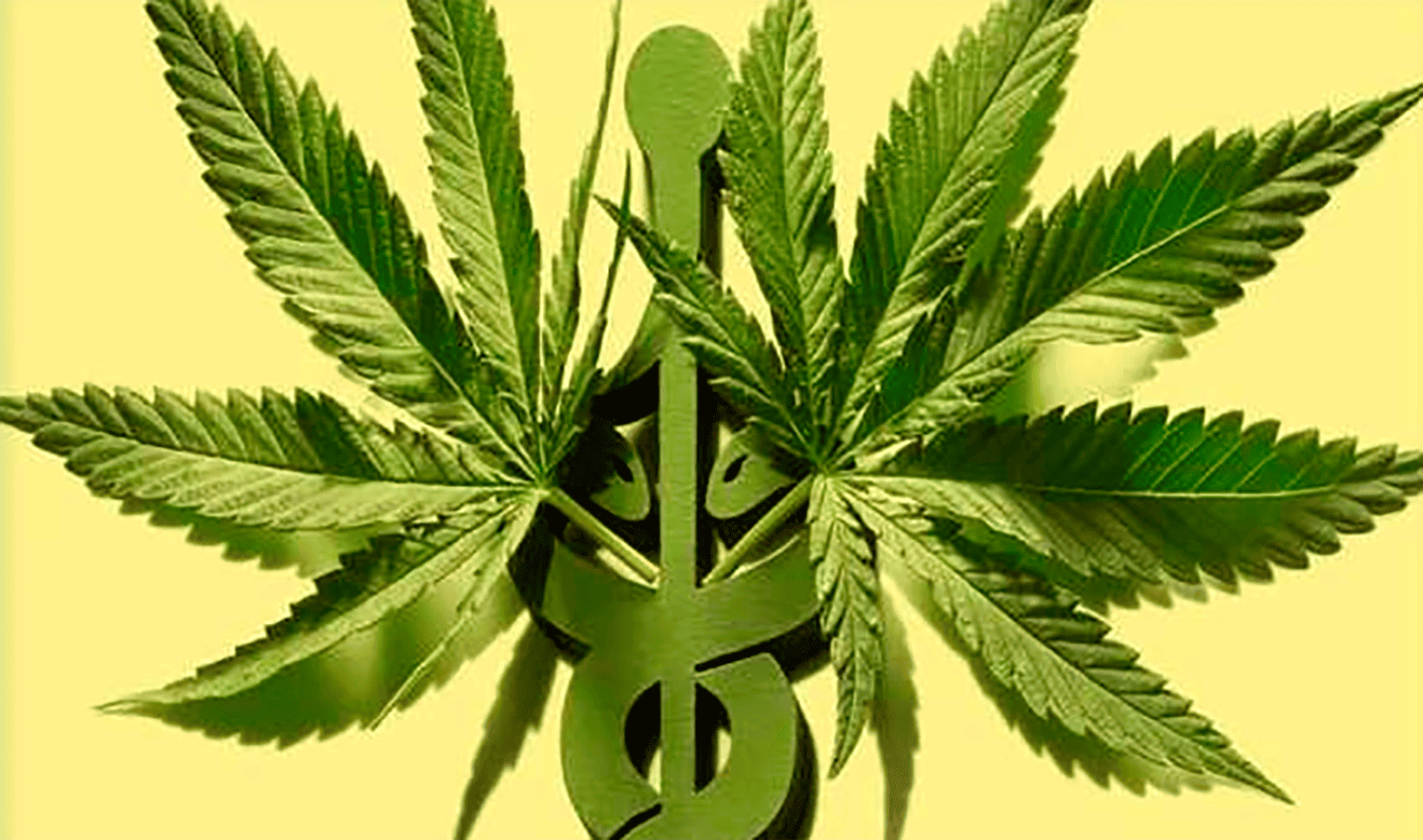
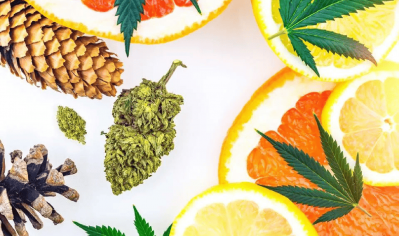
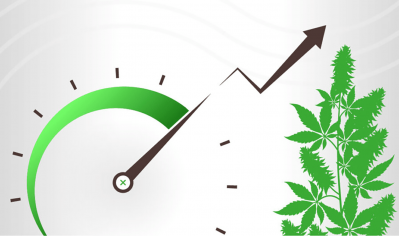
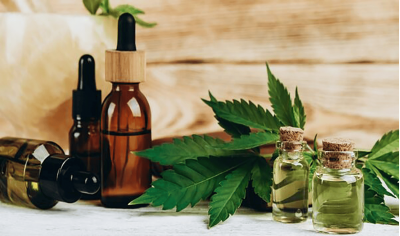
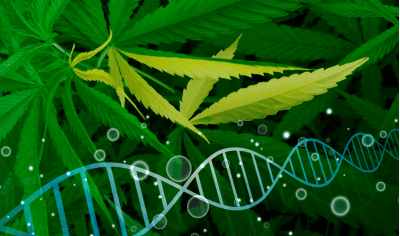
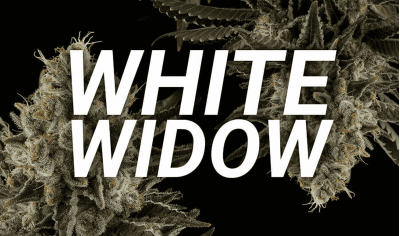
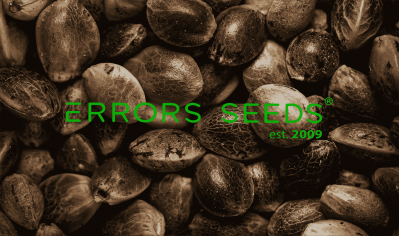
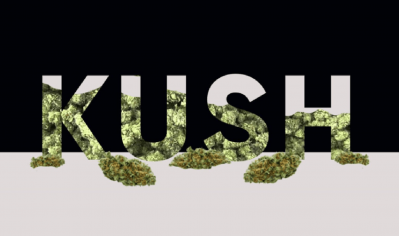


Write a comment